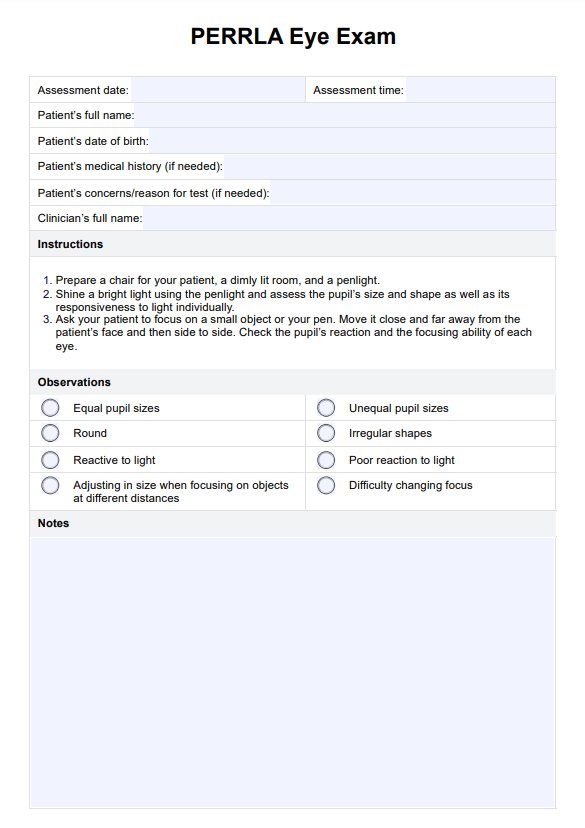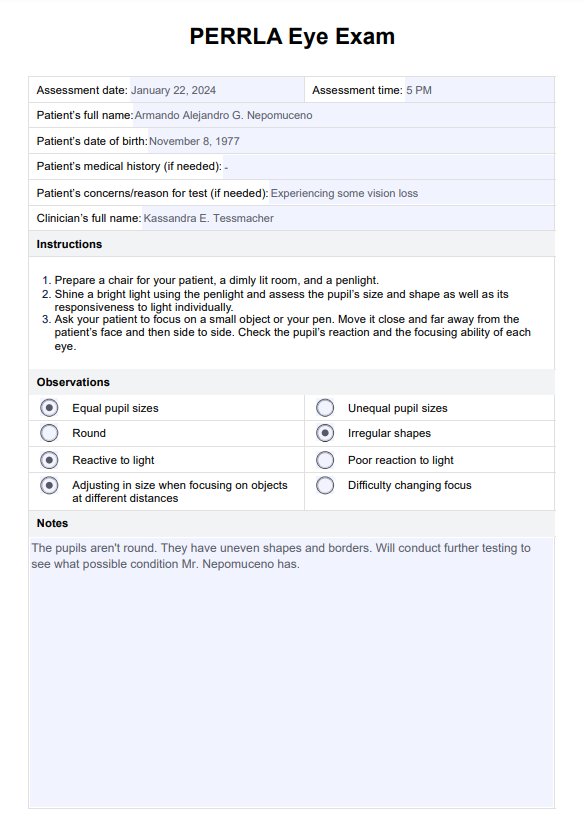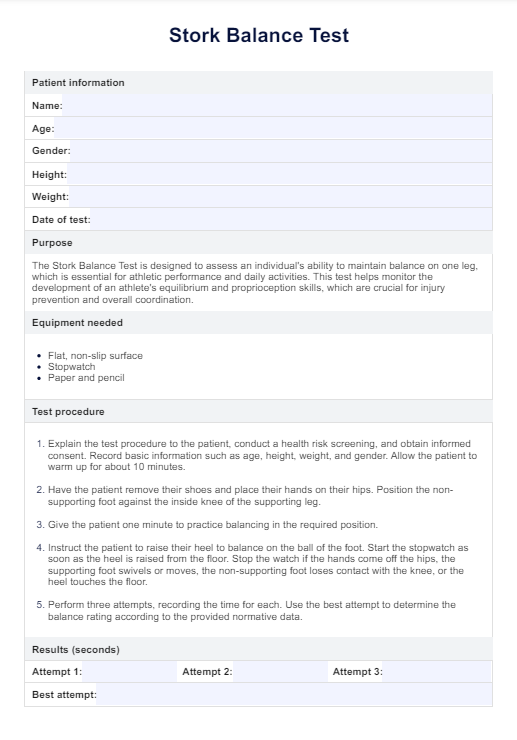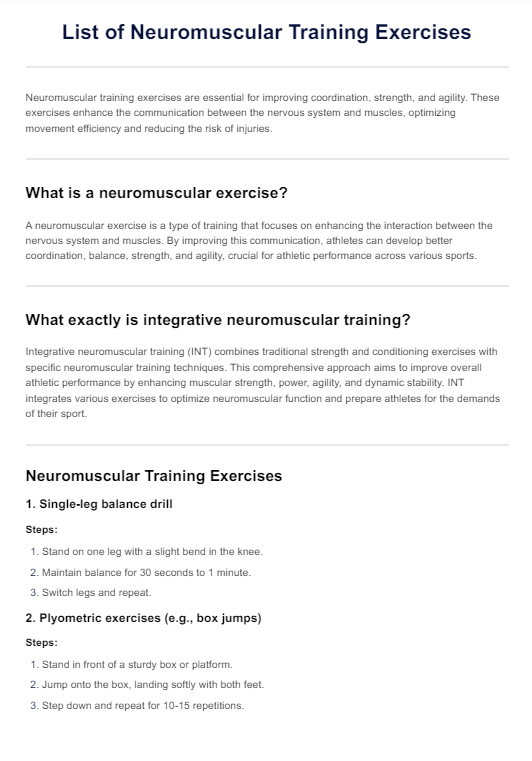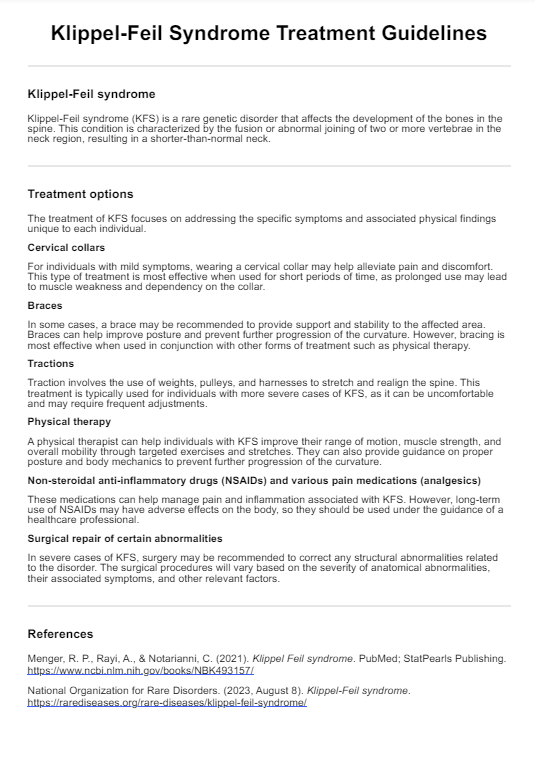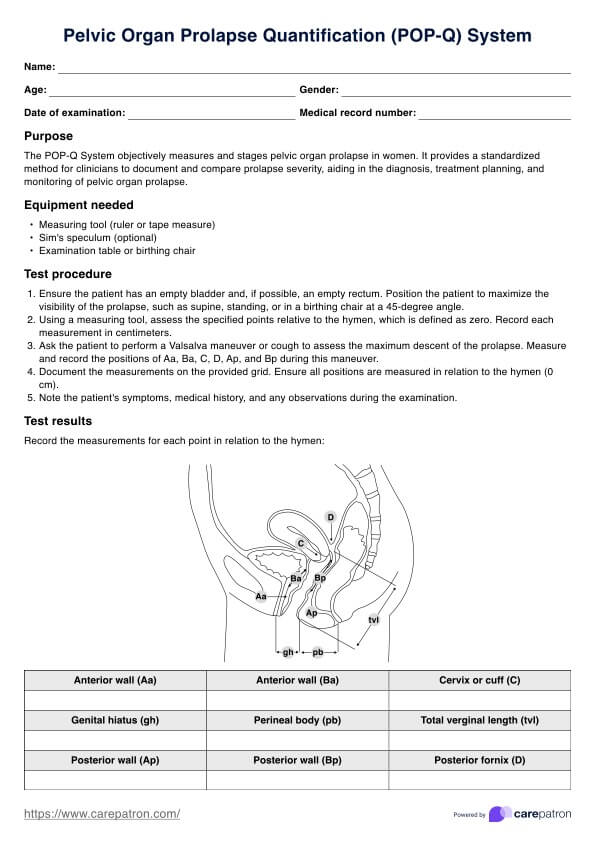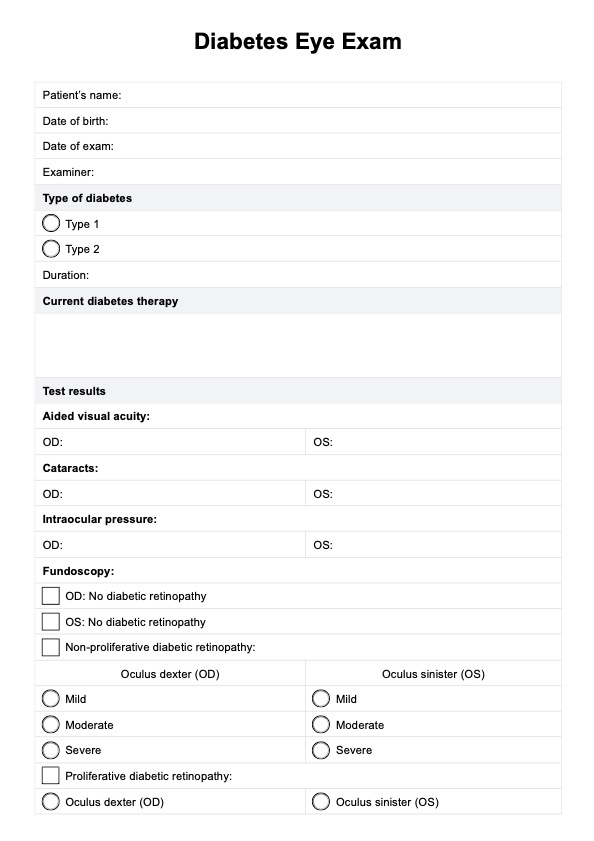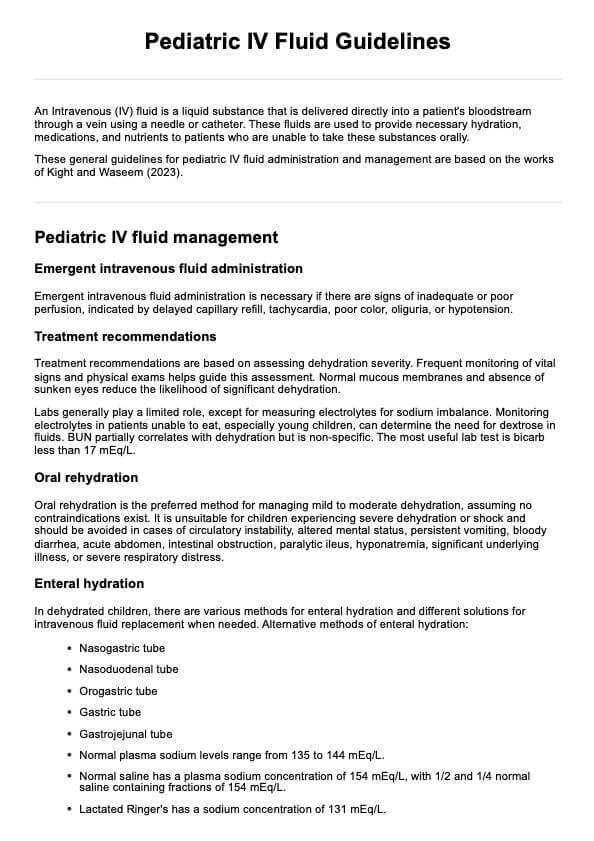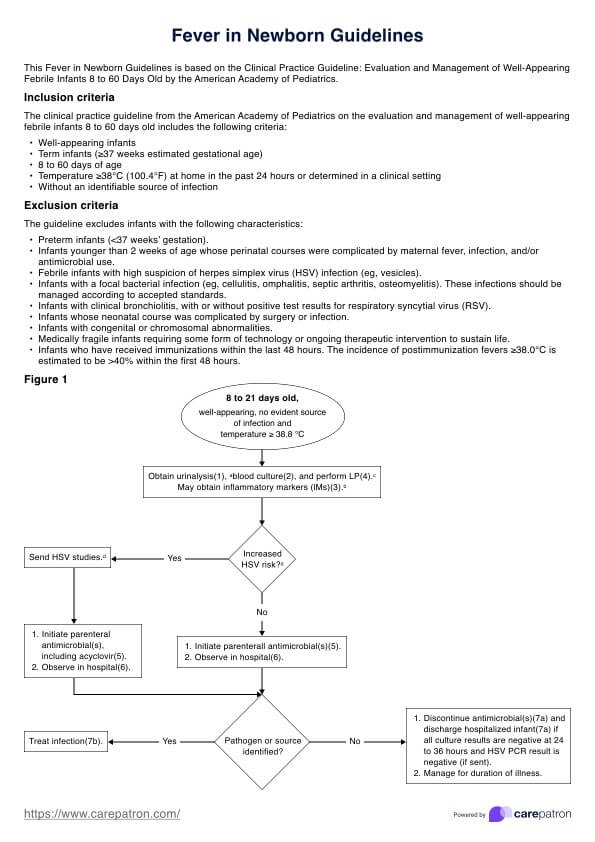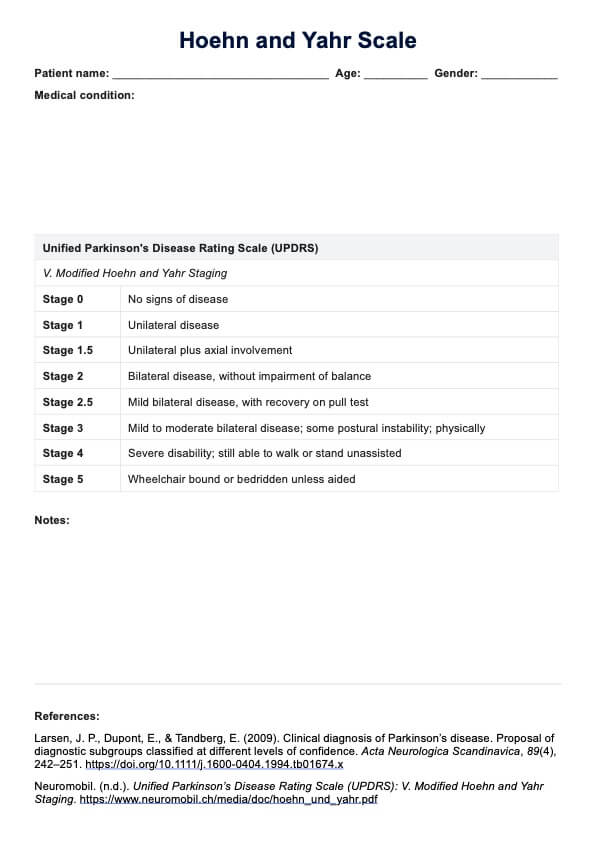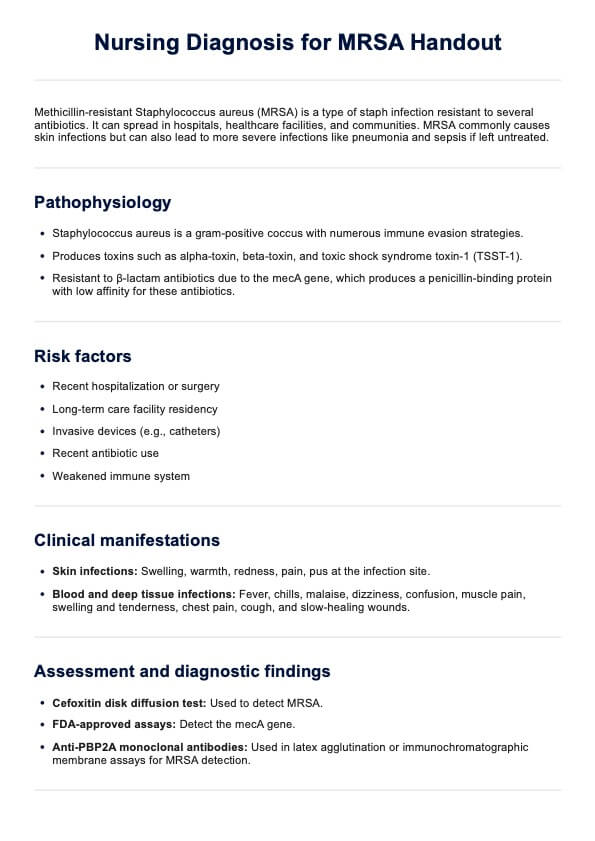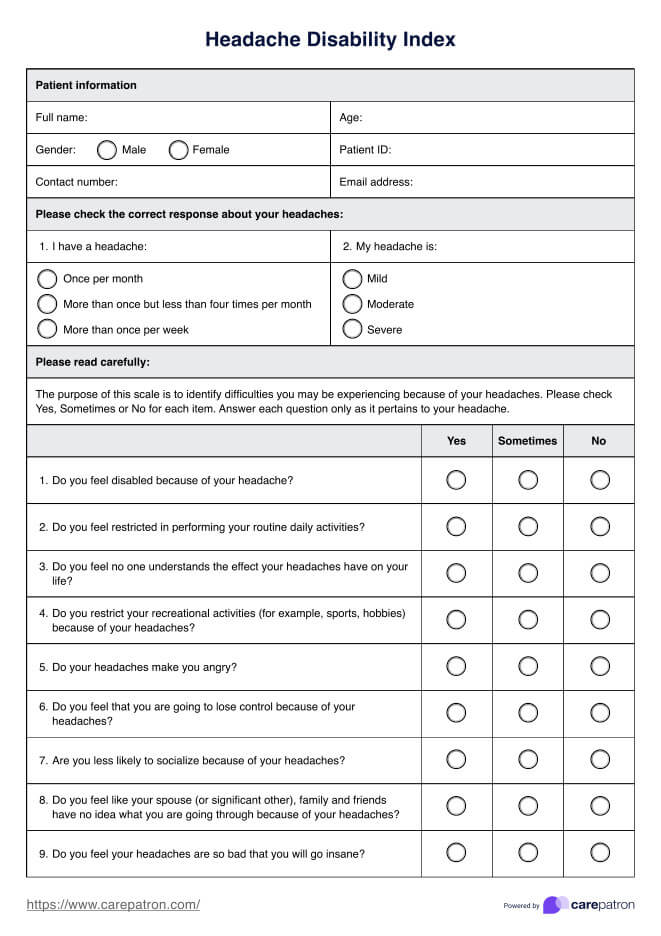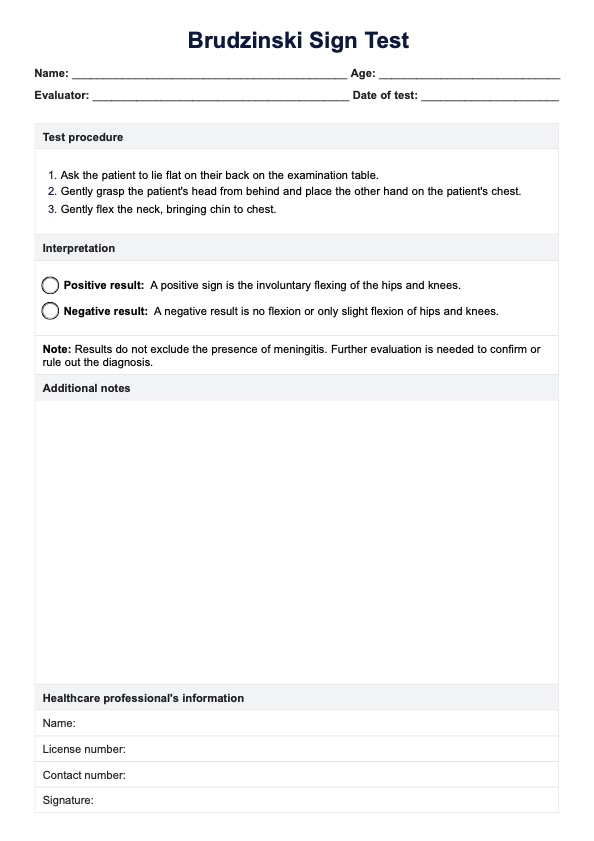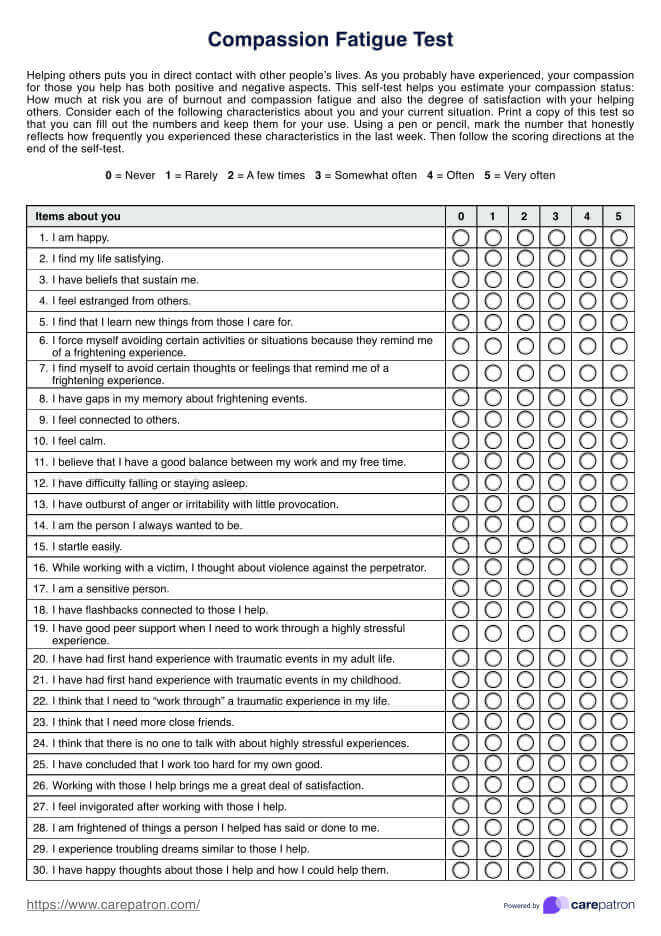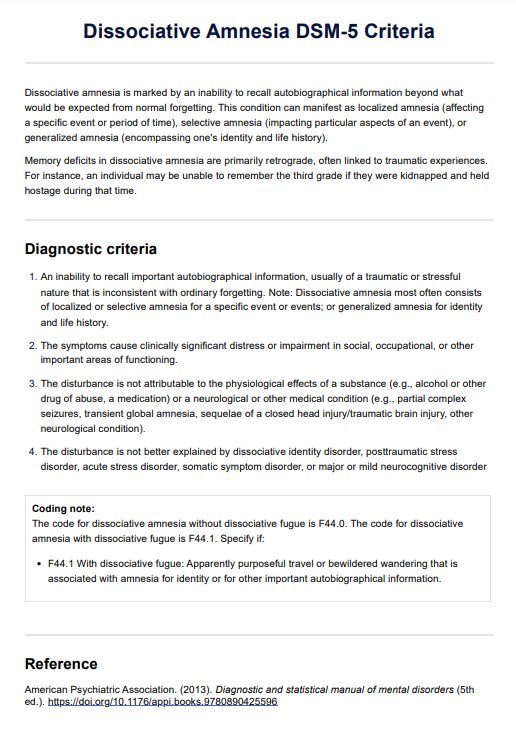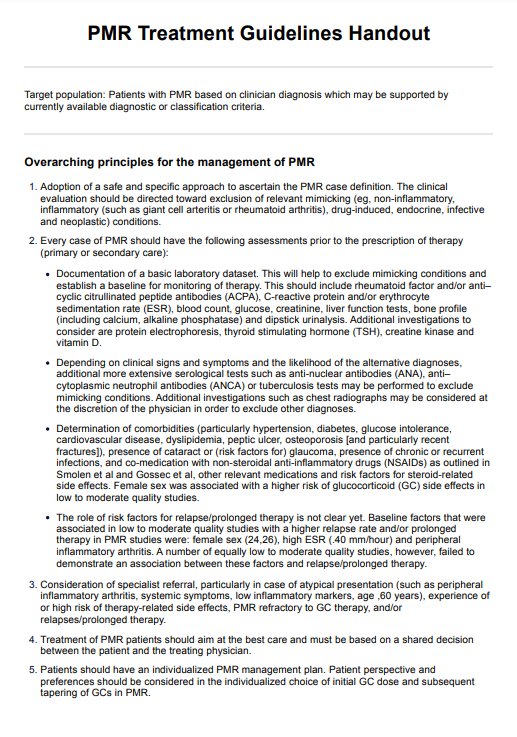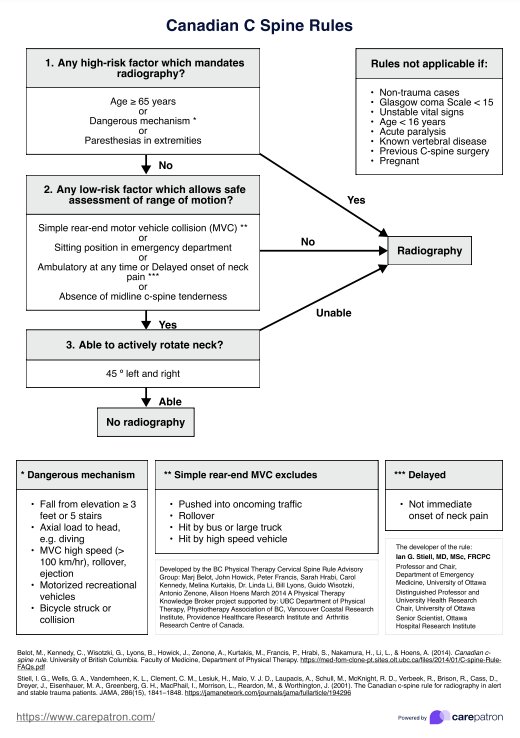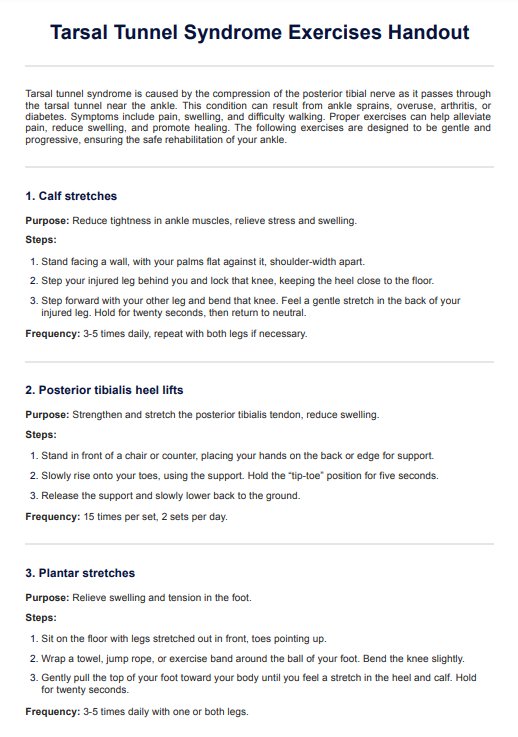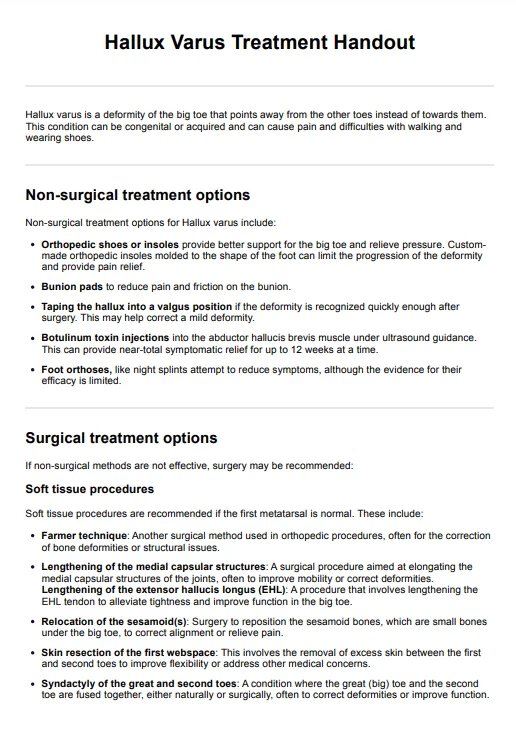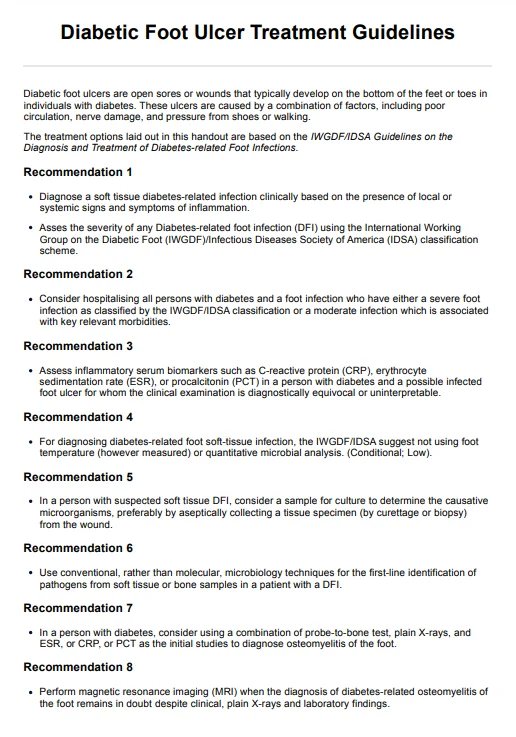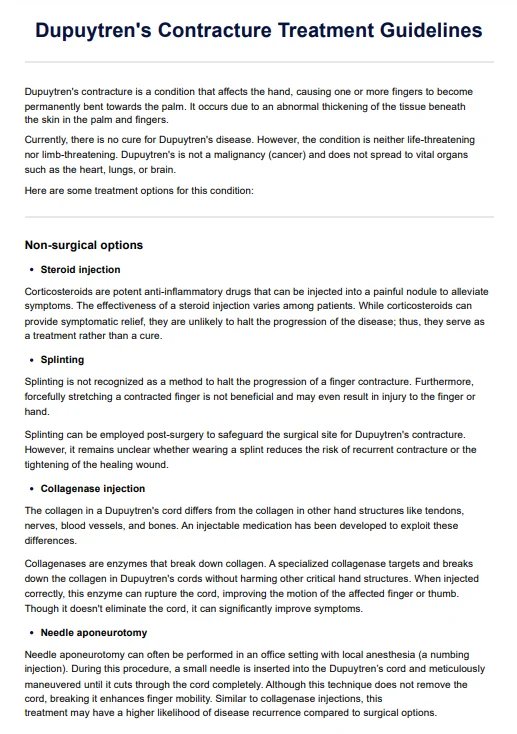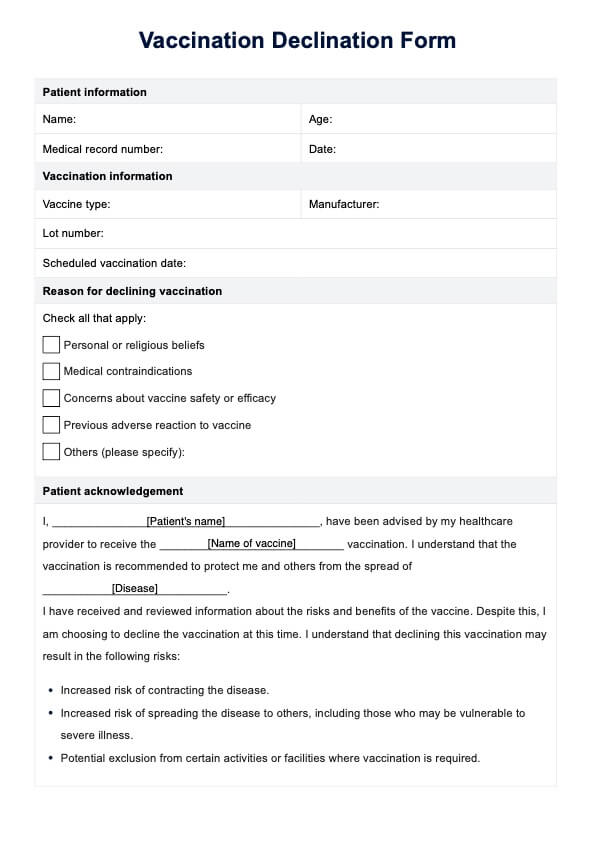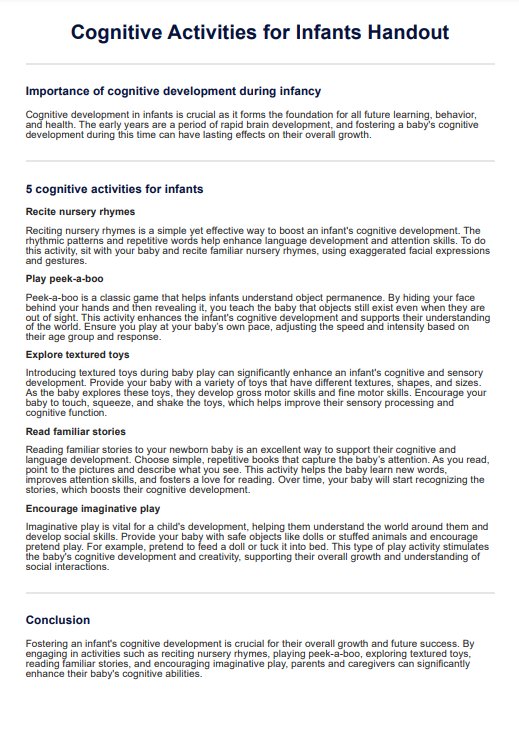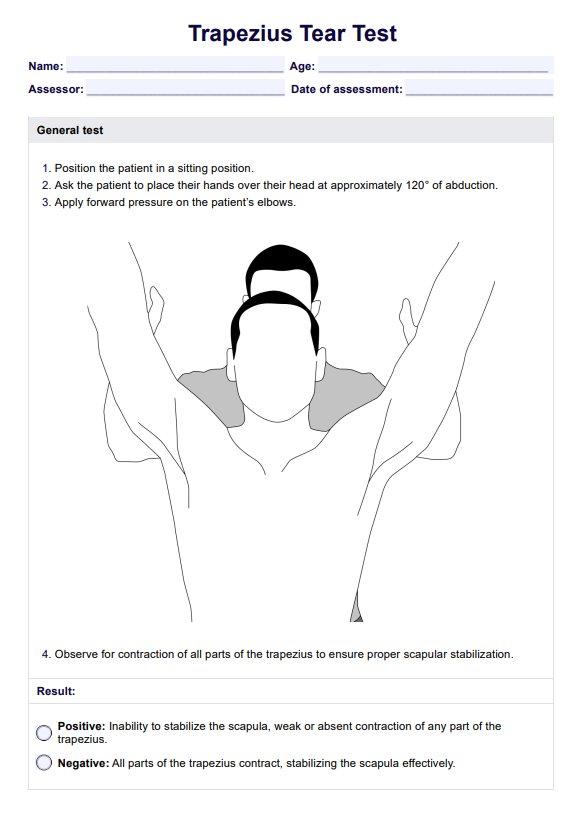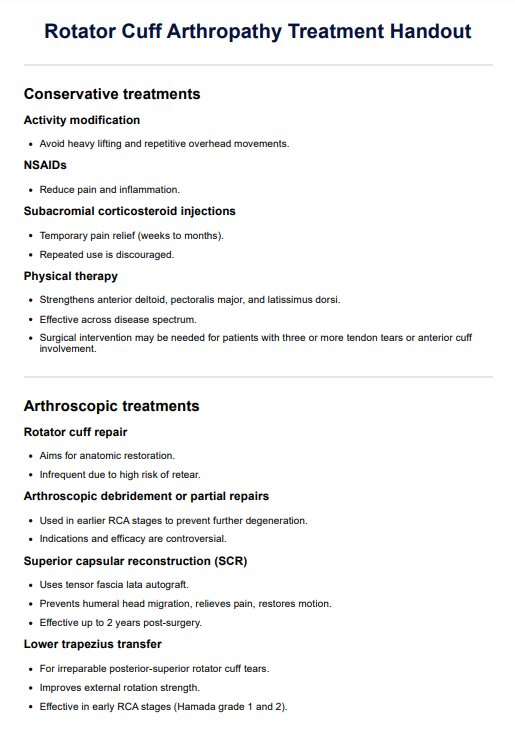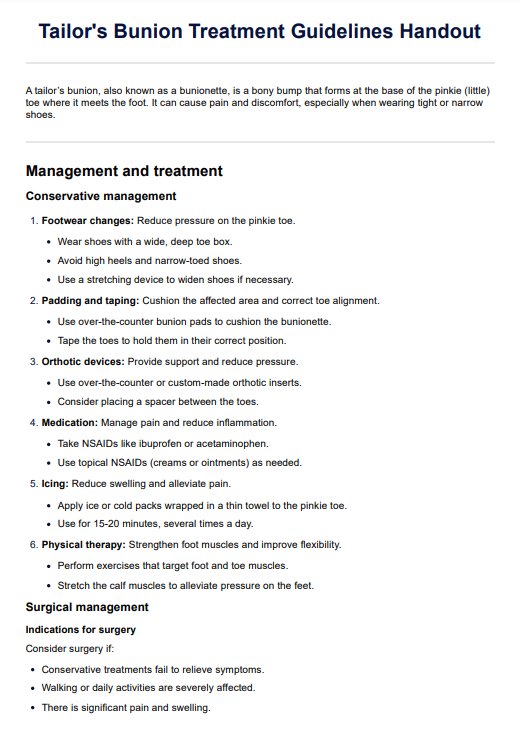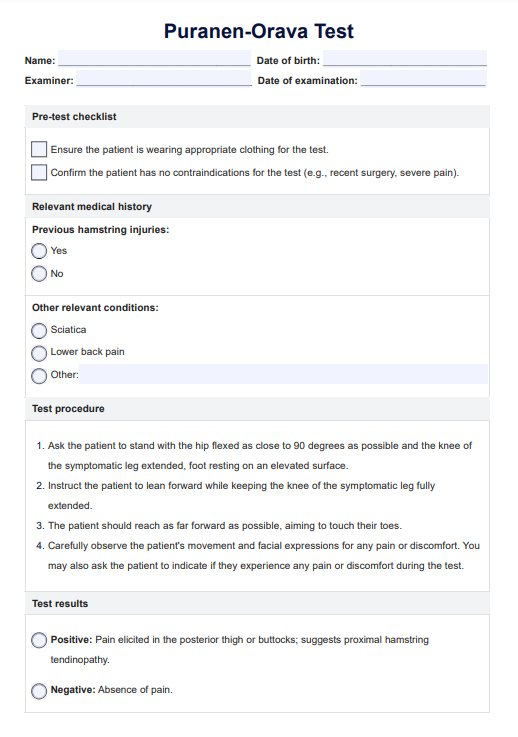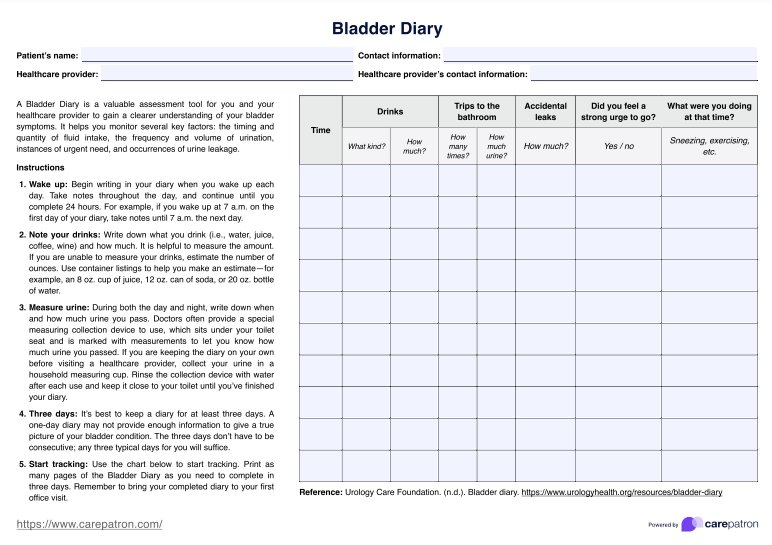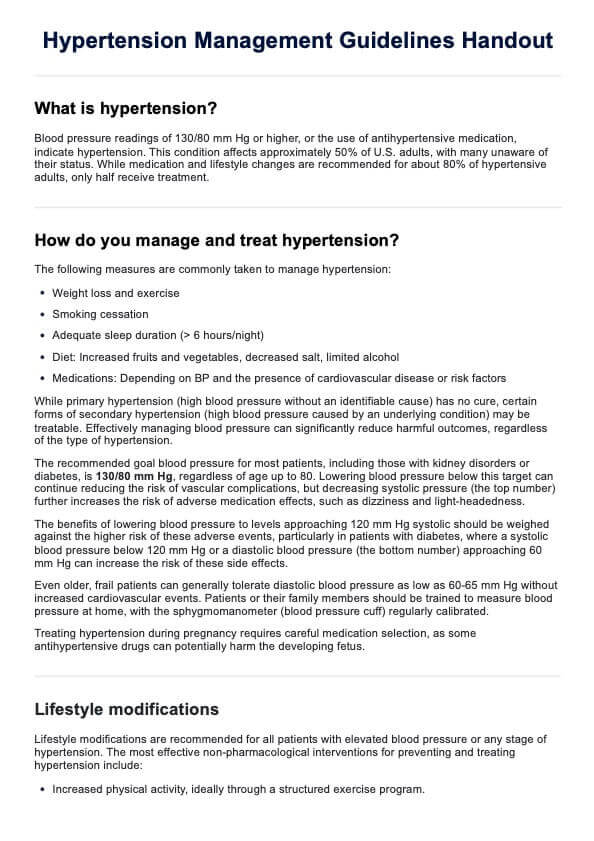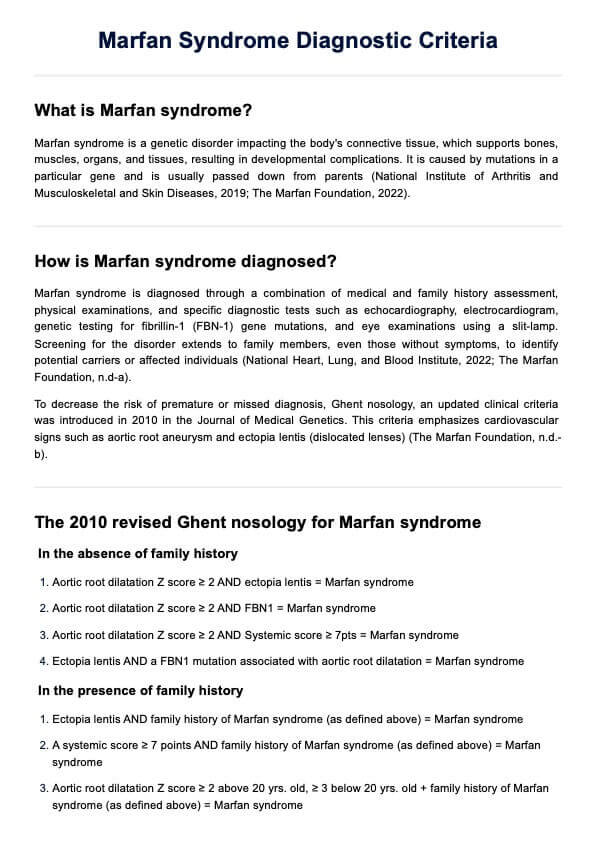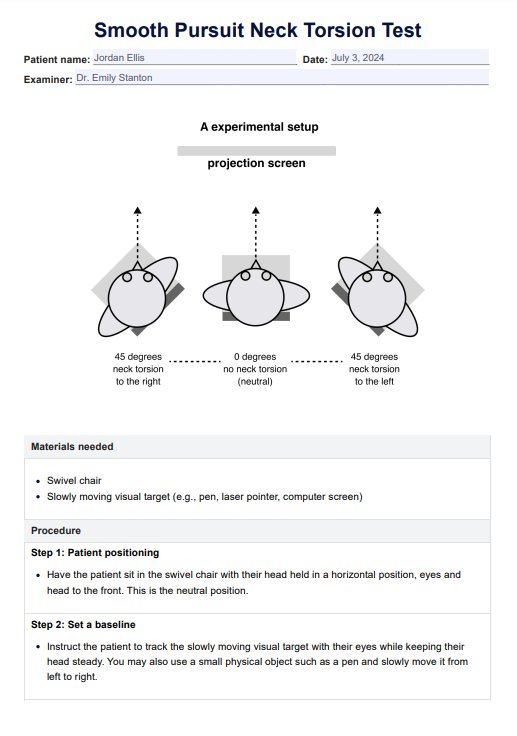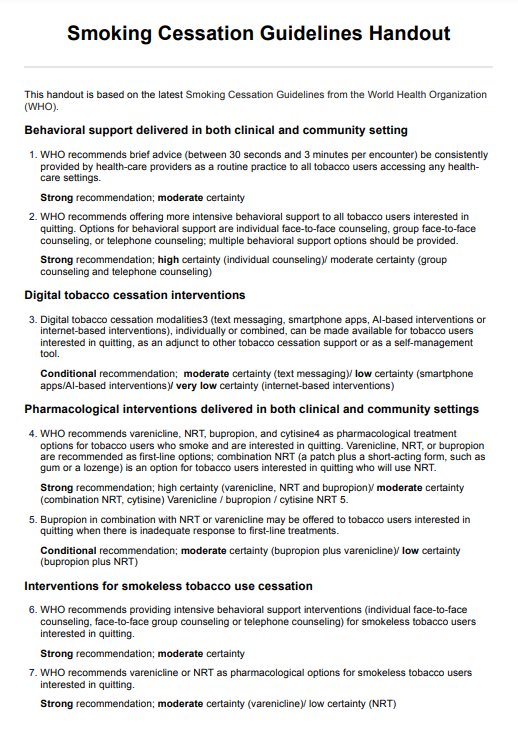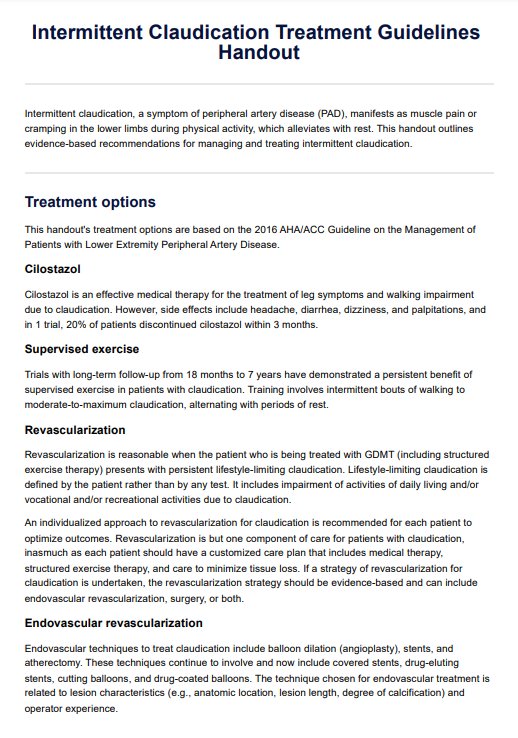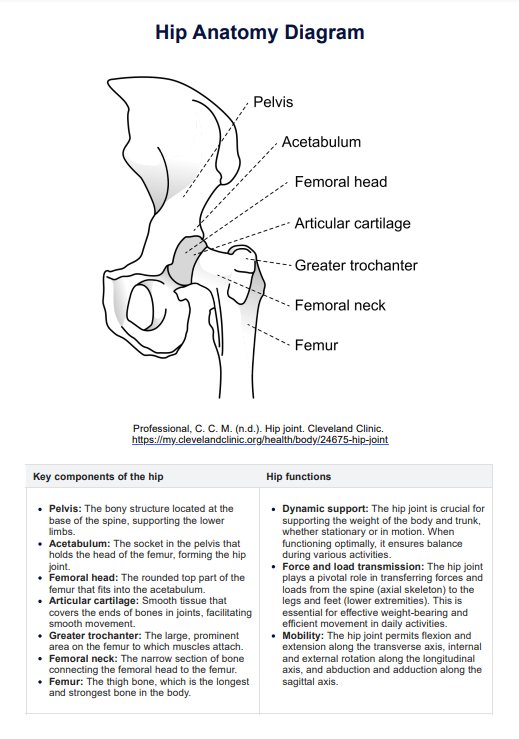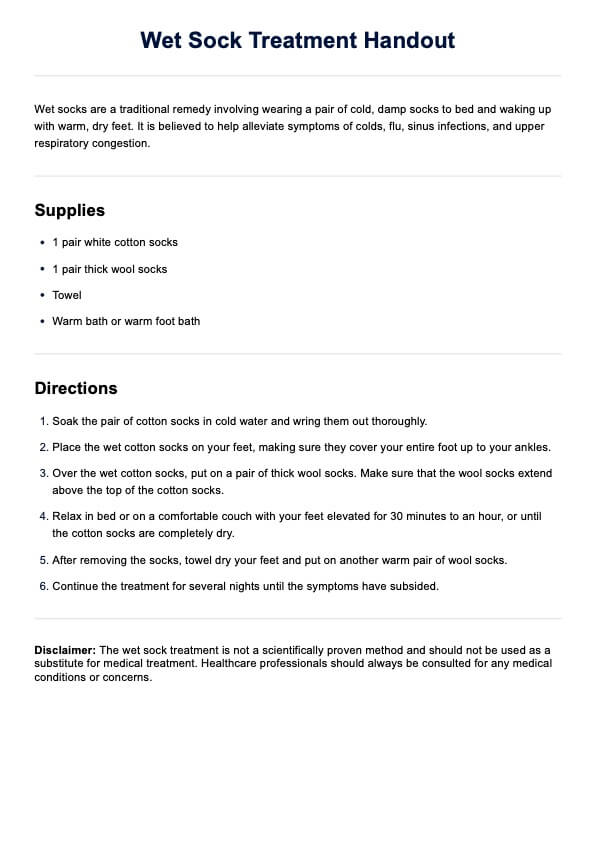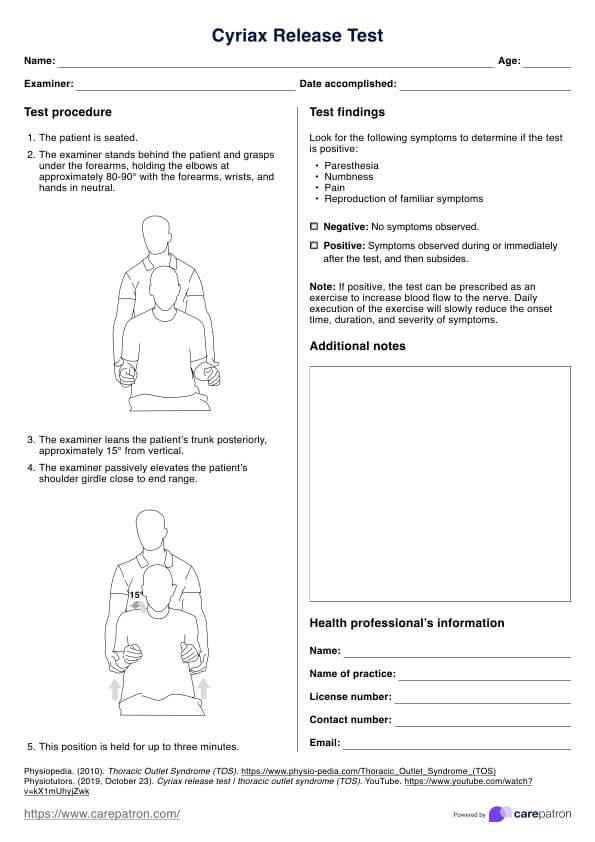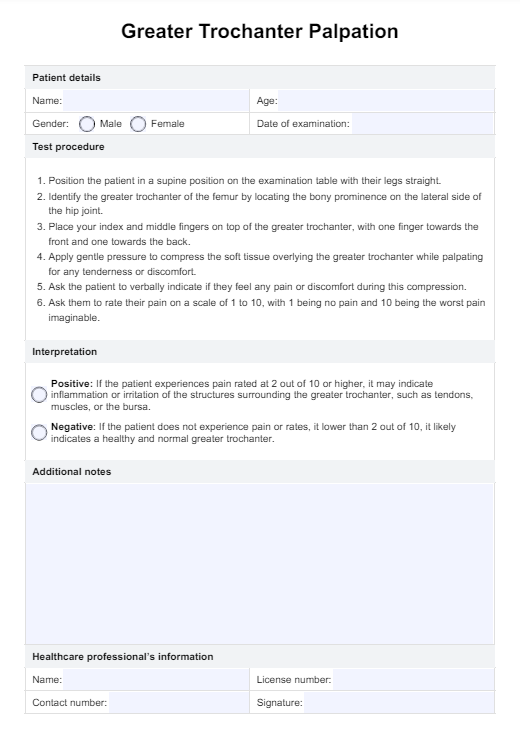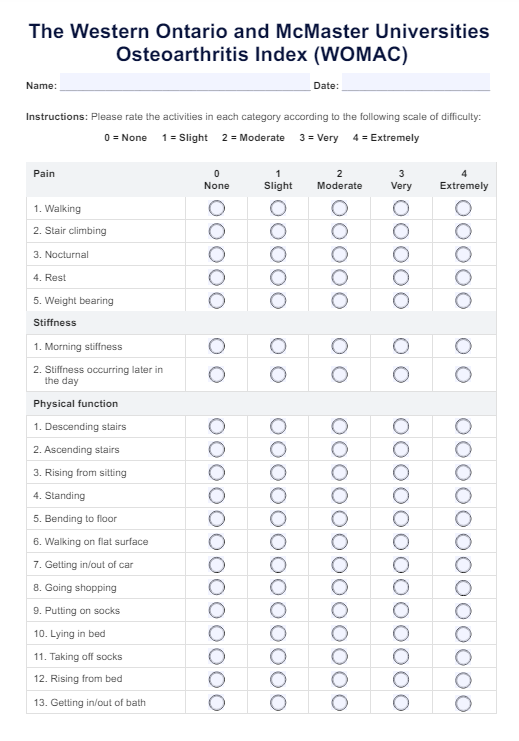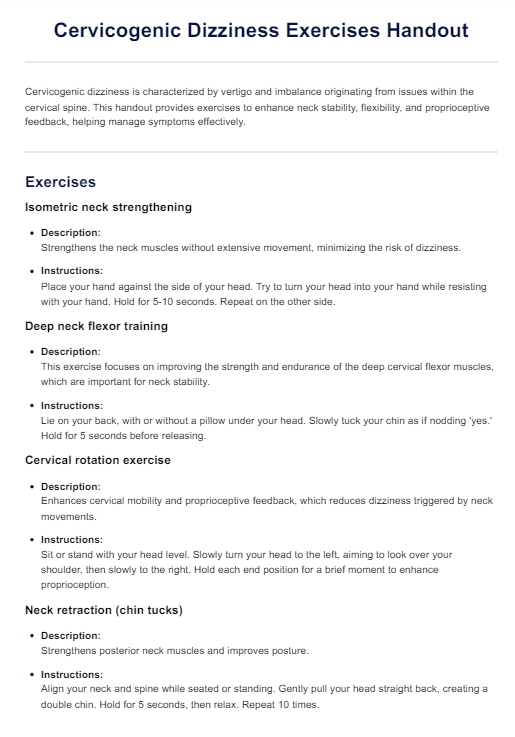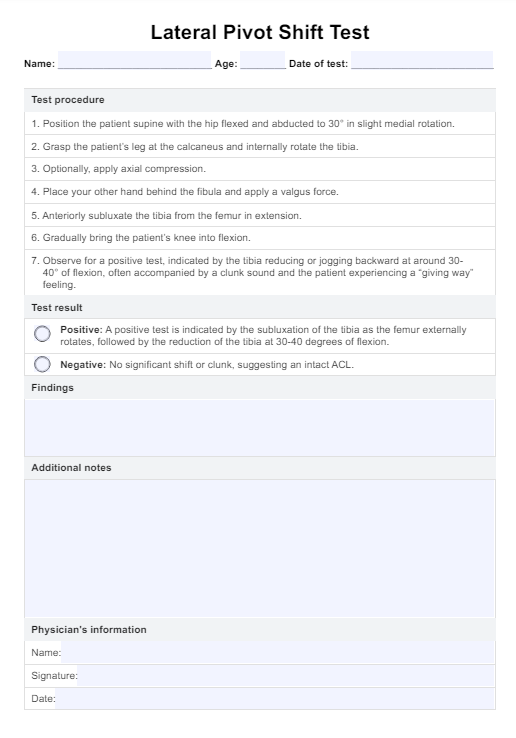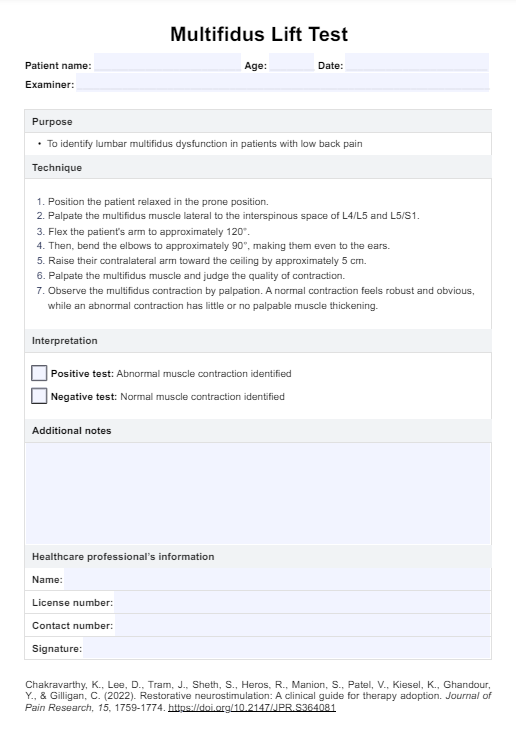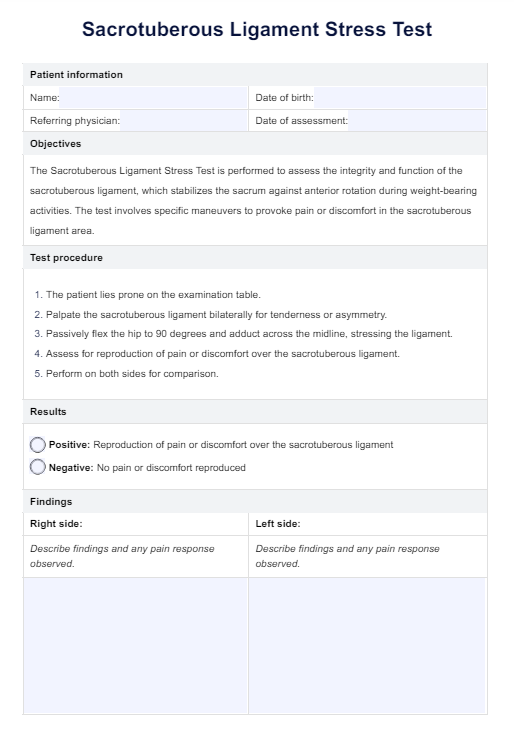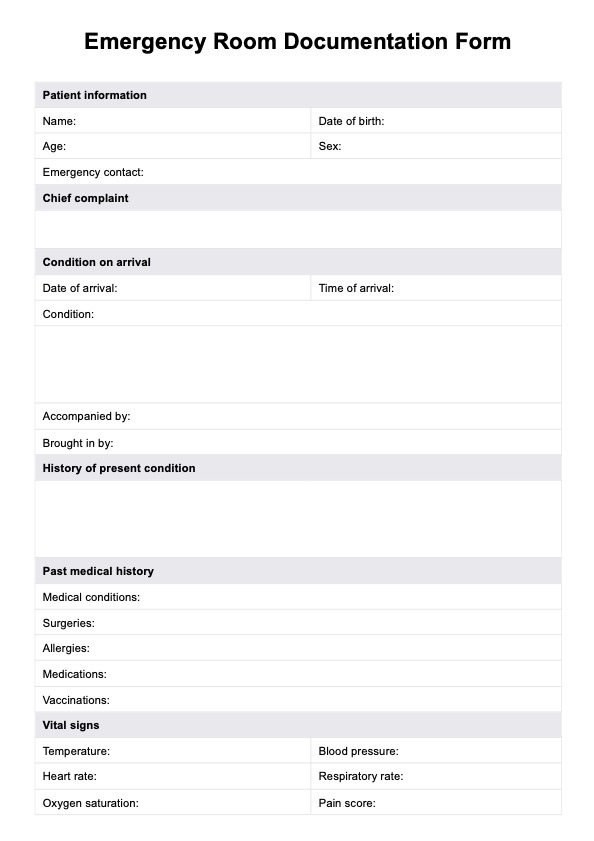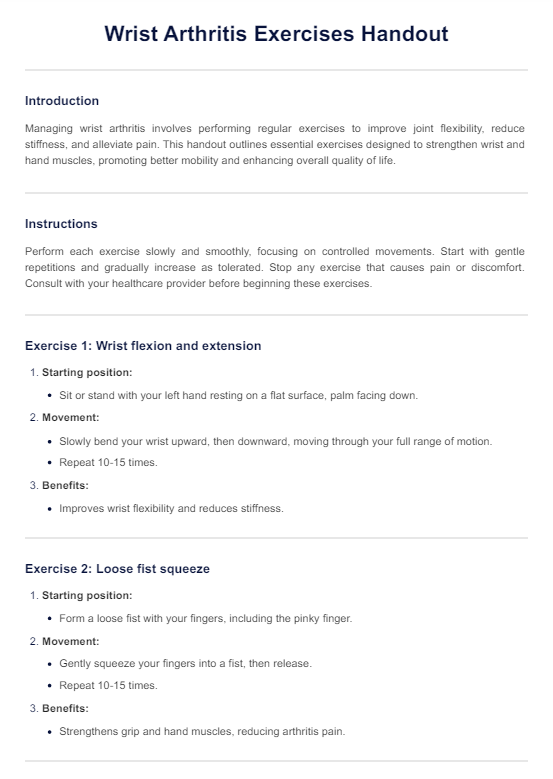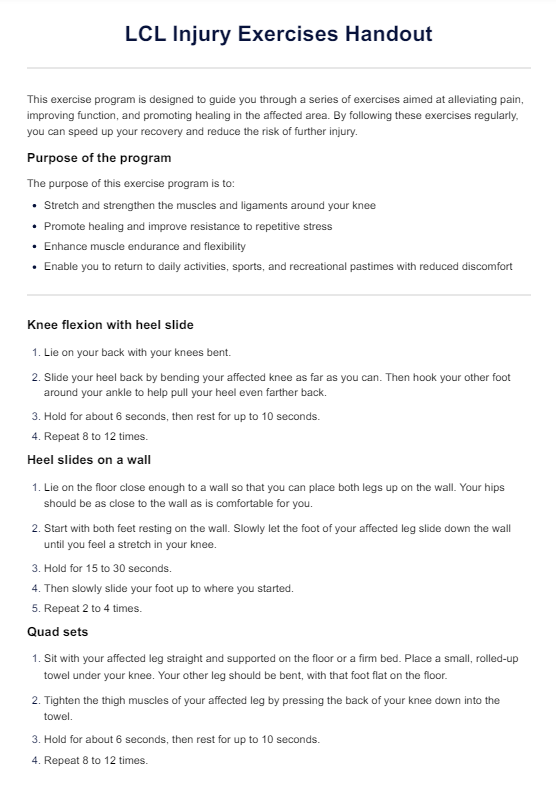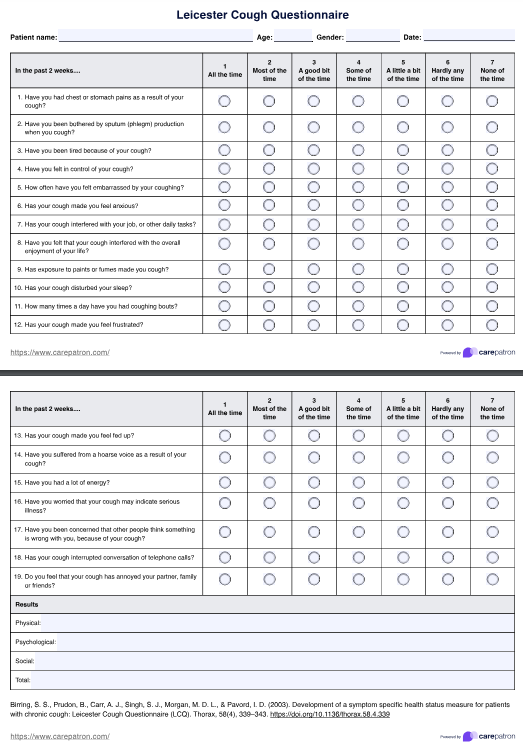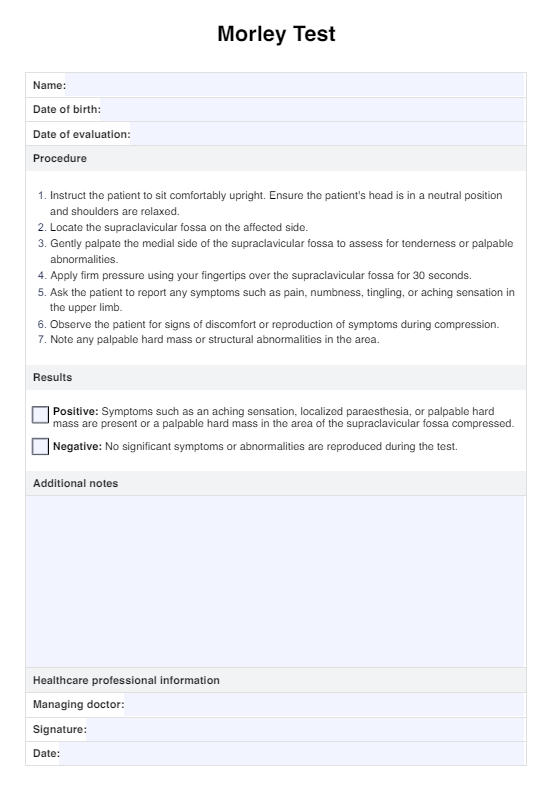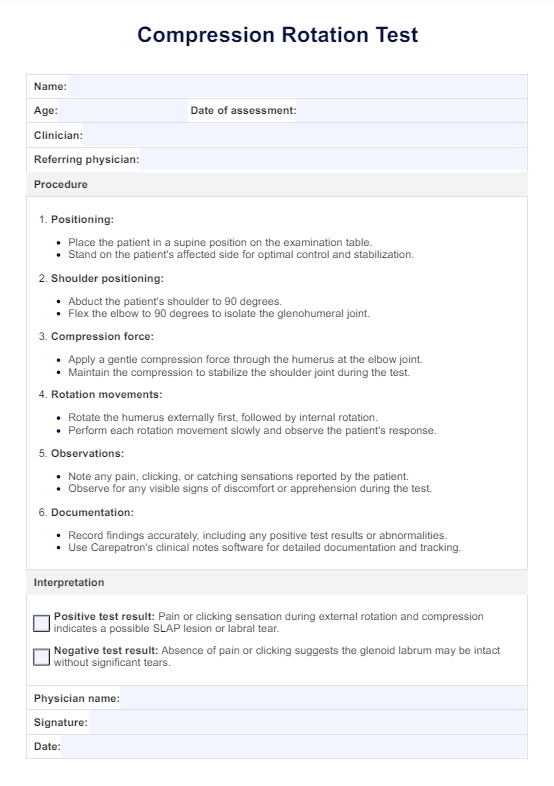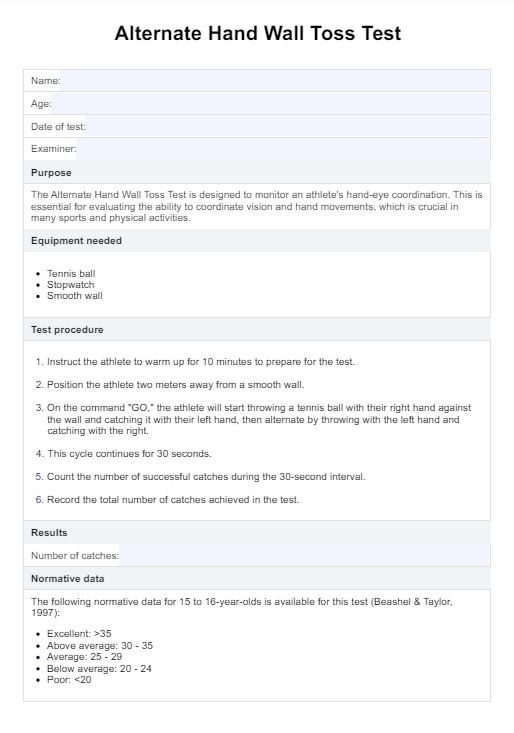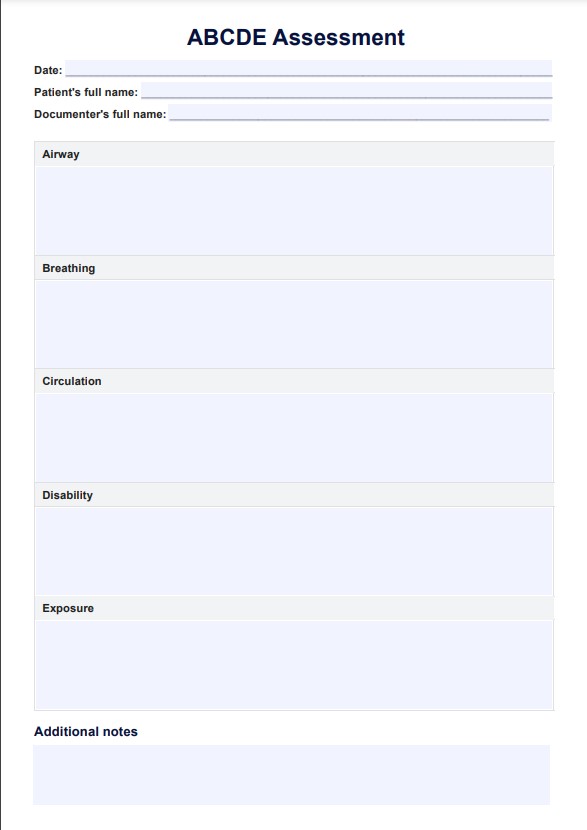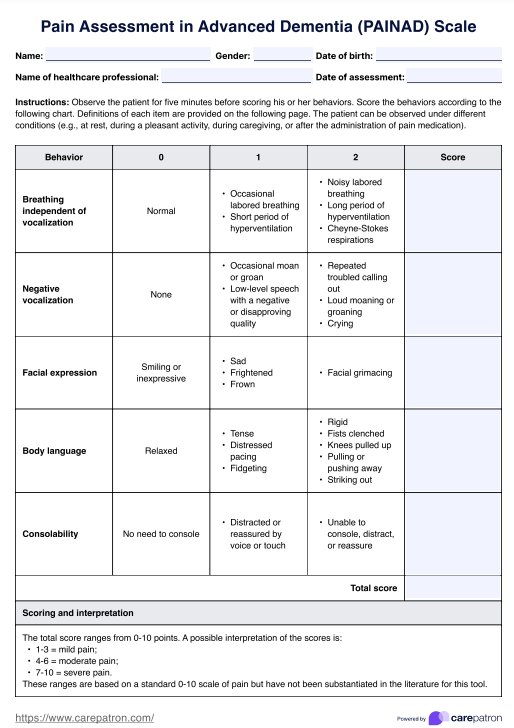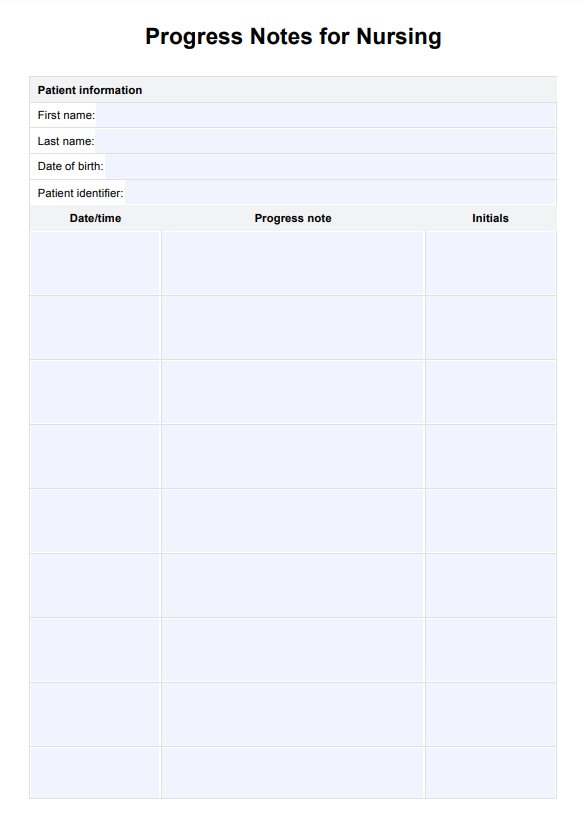PERRLA Eye Exam
Conduct the PERRLA Eye Exam to check on your patient’s pupils and see if their current state is well or if they point to a possible eye condition.


What is the PERRLA Eye Exam?
The PERRLA Eye Exam is a procedure that an eye doctor and other healthcare professionals often conduct during eye examinations and comprehensive examinations, such as the Nurse Neurological Assessment and the HEENT Assessment. This particular eye examination is a pupillary response test, which means that this exam will be used to gauge the pupils. The exam will assess two things related to eye health in particular: 1) the appearance of the pupils and 2) if they're functioning normally.
If you have ever had your eyes checked or if you go through your annual physical examinations, then there's a good chance that you have gone through PERRLA Eye Exams before. But what does PERRLA stand for? PERRLA means Pupils. Equal. Round. Reactive to Light. Accommodation. Let's break this down one by one:
- P = Pupil: Pupils are the dark circles in the irises' centers. These dark circles sometimes shrink. Sometimes they become wide. The function of a pupil is to regulate how much light enters your eye. Whenever it performs its function, their size changes.
- E = Equal: The equal means that the pupils should be the same size. If their sizes are not the same, that might be indicative of something, which we'll get to later.
- R = Round: Pupils are circles, so they should be round. Should, because it's possible for pupils to not be fully round. If pupils are not round, then this might also be indicative of something.
- RL = Reactive to Light: As we mentioned earlier, pupils change size to control how much light enters the eyes. When light is shined on the eyes, the pupils should shrink. If they don't, that is also indicative of a potential problem.
- A = Accommodation: The pupils also adjust their size depending on if they're focusing on looking at an object close to them or something that's a little far away. If you're looking at something close, your pupils should become smaller.
PERRLA Eye Exam Template
PERRLA Eye Exam Example
How to conduct the PERRLA Eye Exam
The PERRLA eye test is a straightforward, noninvasive examination that helps an eye doctor assess the health of a patient's pupils. Here's a step-by-step guide to the exam.
Step 1: Prepare beforehand
Before you conduct the test, it's best that you prepare a copy of our PERRLA Eye Exam template for reference and recording any observations/results, a chair for your patient, a dimly lit room, and a chair light. Reducing external light sources allows you to observe the pupils' reactions better.
Step 2: Assess size, shape, and reaction
Using your penlight, shine a bright light towards their eyes and observe your patient's pupils' size and shape. At this point, you can also conduct the swinging light test by opening the pen light into the patient's pupils and checking the patient's pupils' responsiveness to light.
Step 3: Evaluate focus
Afterward, ask your patient to focus on a small object, your index finger, or the penlight in your hands. Move it closer and far away from the patient's face and then side to see. This step checks how the patient's pupils respond to light or moving objects.
Step 4: Document results
After every step or the whole test, don't forget to record your observations and write down any other findings you had on our template.
Results and interpretation of the PERRLA eye assessment
The results of the PERRLA test are documented using the PERRLA acronym, which stands for Pupils, Equal, Round, Reactive to Light, and Accommodation. Here’s what each component indicates:
- Equal: The pupils should be the same size. Unequal pupil sizes can be a sign of underlying issues; if there is a difference of over 1 millimeter, that might indicate a problem concerning the brain, cranial nerve, or blood vessels.
- Round: Healthy pupils are round in shape. Irregular shapes may indicate potential problems. If they are not round, that could also indicate the possibility of the same problems mentioned above.
- Reactive to light: Pupils should constrict when exposed to light and dilate when the light is removed.
- Accommodation: Pupils should adjust their size when focusing on objects at different distances.
Abnormal PERRLA test results like unequal pupil sizes, irregular shape, poor reaction to light, or difficulty changing focus, can indicate various conditions like anisocoria, Horner's syndrome, and relative afferent pupillary defect (RAPD). If there are any signs that point to these potential problems, it's best to conduct more tests to confirm or deny such issues.
Furthermore, it’s important to remember that the PERRLA test is not a definitive diagnostic tool. Abnormal results may require further testing to confirm a diagnosis.
When is it best to conduct the PERRLA Eye Exam?
If you have a patient who presents themselves for an appointment to have their eyes checked for a routine eye exam, that's one of the best times to conduct the PERRLA Eye Exam. However, before you conduct that, you need to explain what the PERRLA Eye Exam is to the patient. Protocol dictates that you need to let your patient decide if they want to take the examination or not because it is within their rights to take or refuse a test.
Also, we mentioned earlier that the PERRLA Eye Exam is normally included in certain comprehensive examinations. An example of a comprehensive examination that includes the PERRLA Eye Exam would be the HEENT Assessment. One of Es stands for Eyes and the PERRLA Eye Exam is part of that component of the assessment. Another would be the Nurse Neurological Assessment, which is what nurses conduct on patients who need to be examined for neurological conditions.
We actually recommend that you include this as part of comprehensive examinations. The reason for this is that the PERRLA Eye Exam is not a diagnostic test. It merely identifies signs pointing to certain problems. That's not us saying it's unreliable—succeeding tests need to be conducted depending on your observations.
What are the benefits of the PERRLA Eye Exam?
The PERRLA Eye Exam is widely adopted in clinical practice. Here are some reasons for its popularity:
It's a simple and inexpensive eye exam to conduct.
The PERRLA Eye Exam is great because it requires no special equipment. You just need a chair for your patient to sit on, a penlight to check the pupils, and a dimly lit room. Not only is it inexpensive, but it's also easy to do. The instructions are straightforward, and you can accomplish this exam within five minutes. Depending on how quickly you're able to conduct the exam and gather the necessary information, the five minutes can even include writing down your observations.
It can help professionals determine what tests to conduct next.
As we mentioned earlier, the PERRLA Eye Exam isn't a diagnostic test and should not be the sole assessment you conduct to deduce problems. But this doesn't mean you should dismiss the validity of this exam because depending on what you find during this exam, the PERRLA Eye Exam can set the course for what tests to conduct.
For example, if your pupils don't react to light the way they should, that could indicate potential problems like an infection in the optic nerve or even glaucoma. Another example would be pupils having unusual shapes or not equal in size. If that's the case for your patient, the unusual shapes or the lack of equality in size could point to problems like migraines or stroke.
It can be used to monitor patients down the line.
The PERRLA Eye Exam is not a one-time, big-time thing. Since it’s often included in comprehensive examinations, some of which are conducted whenever there’s a change in nurse or doctor shift, the exam can be used as a monitoring assessment.
Let’s stipulate that you have a patient who was confirmed to have a certain eye condition, and the eye condition is still in its early stages. The PERRLA Eye Exam can be used again to check any pupil changes over time and determine if the condition is getting worse or better based on comparing results with previous PERRLA Eye Exams, especially if there were abnormal PERRLA results initially.
Commonly asked questions
You can finish this test in five minutes.
The PERRLA Eye Exam is a non-invasive exam. The healthcare professional handling you will simply need to assess your pupils, which they can do using their eyes and a penlight.
A Eye Exam invasive?
It is limited to identifying signs of potential problems. It doesn’t diagnose anything.


